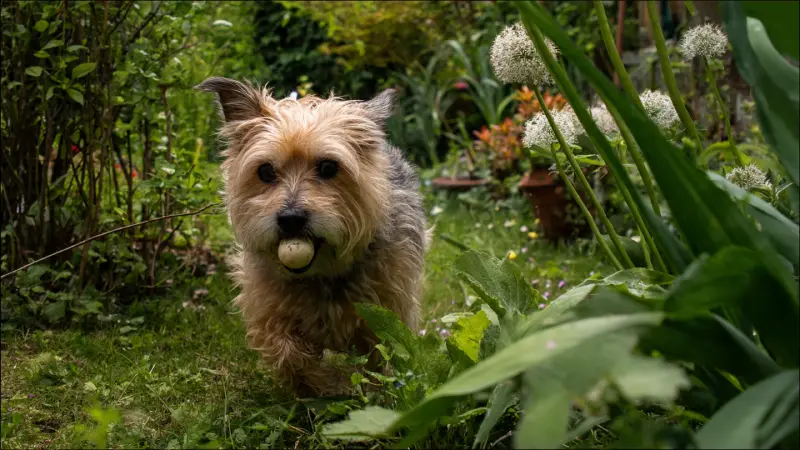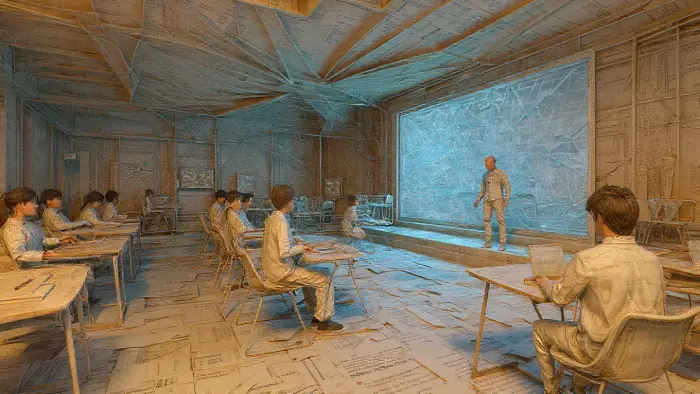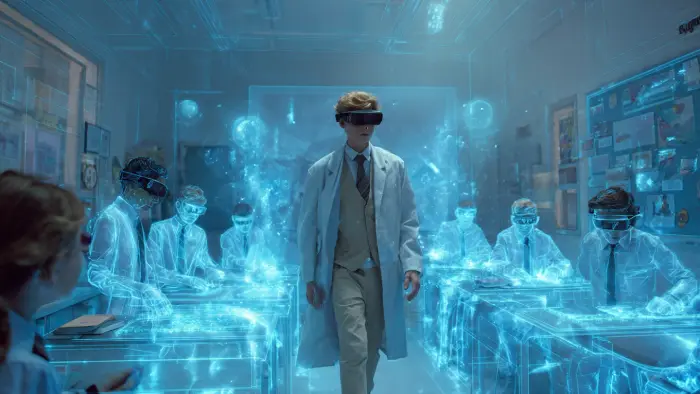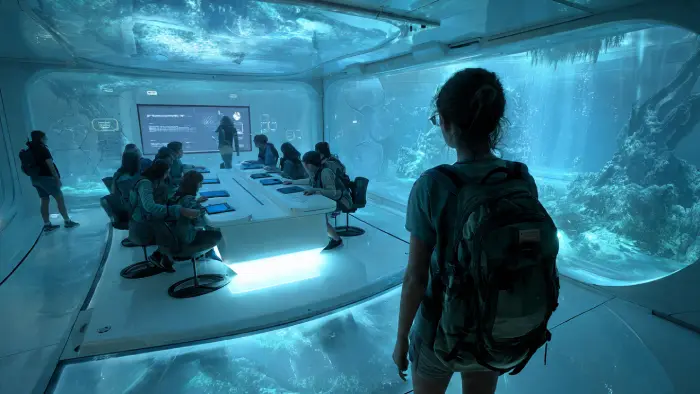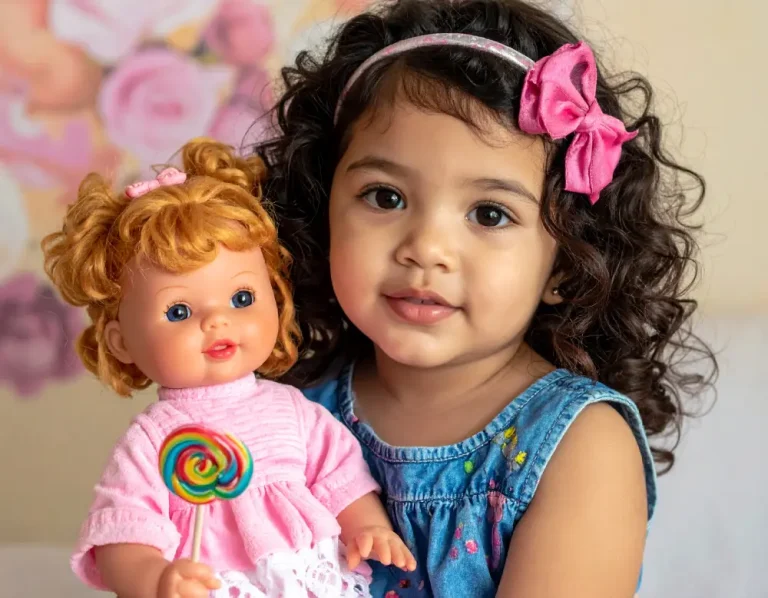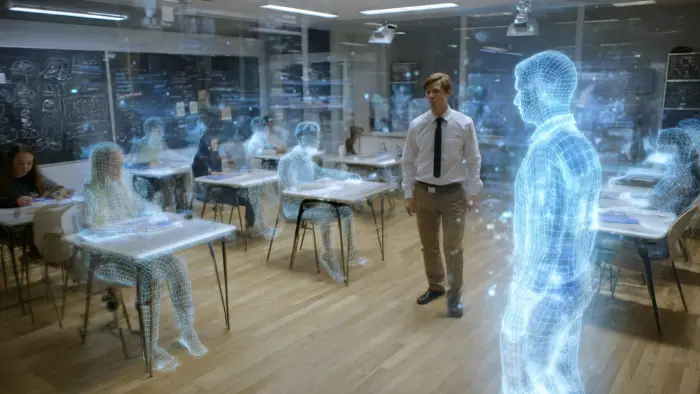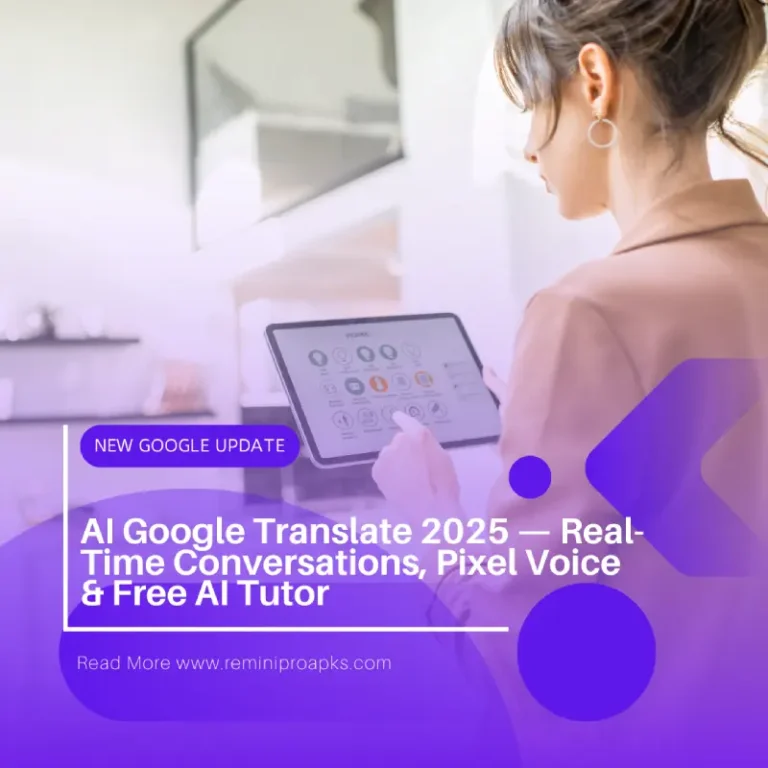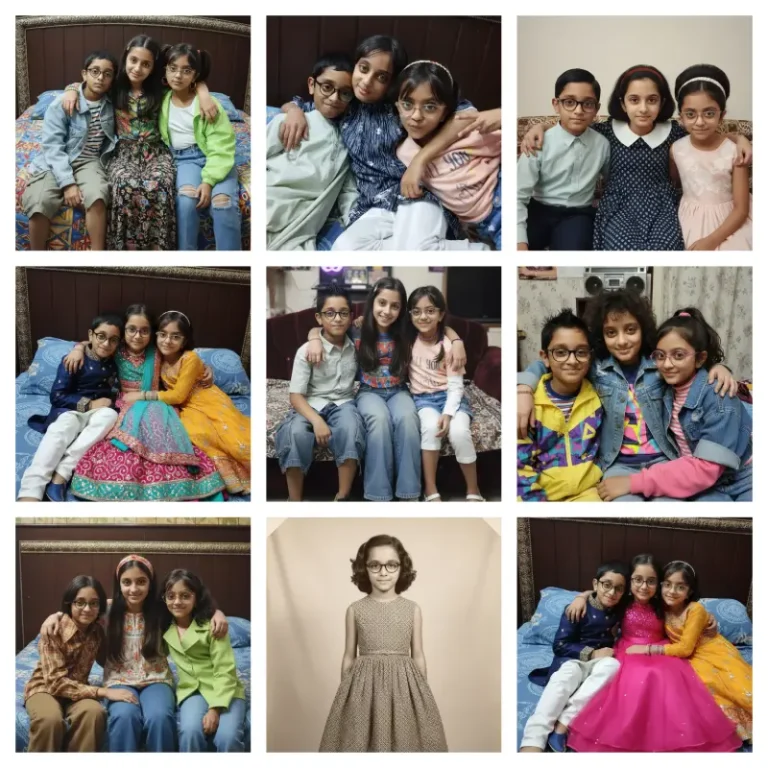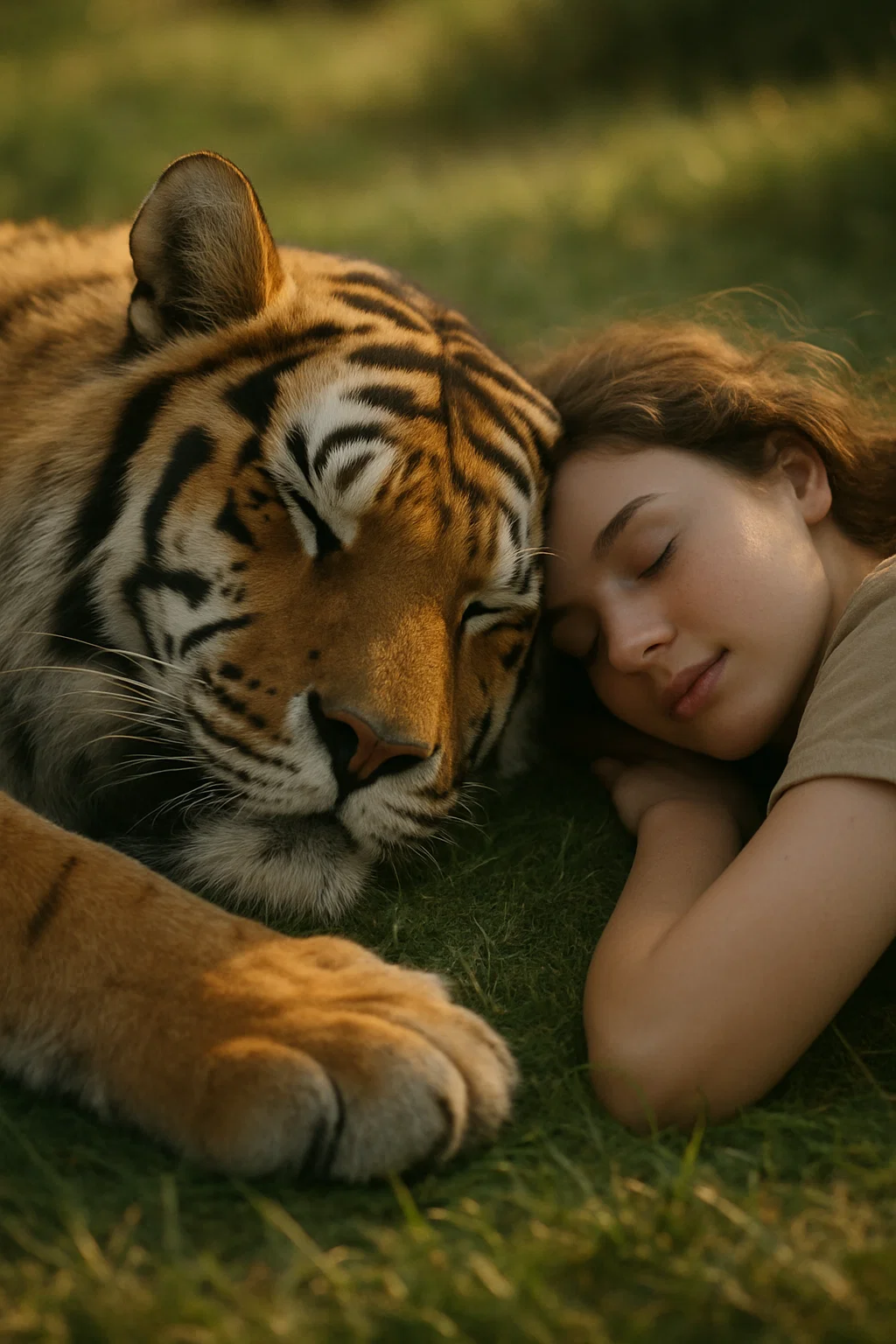
🌐 From Sora to VO3: Top AI Updates You Can’t Miss in 2025 ✨
Goodbye soon to 2025 — the year where AI doesn’t just imagine; it creates. 🤖💫……… So welcome AI Updates of 2025.
From transforming a phrase into a short film 🎬 to letting you star in your own videos 🌟, the breakthroughs pouring in are wild, inspiring, and full of promise.
Whether you’re a student 🎓, a creator 🎨, or just curious about where technology is headed 🌍, these developments will reshape how we see, make, and share media.
In this blog, we’ll tour the most exciting AI updates of 2025 — especially Sora, Veo 3 (VO3), and their ripple effects across the world. 🌎 Let’s dive in! 🚀
🧠 Key Terms You Should Know in this field
Before we get started, here are some terms that might be new to you:
- AI (Artificial Intelligence): 💻 Computer programs that can learn and make decisions like humans do
- Text-to-video: 🪄 An AI tool that creates videos just by reading a description you write
- Watermark: 💧 A visible mark or logo placed on videos to show who created them or that it’s AI-generated
- Deepfakes: 🎭 Fake videos of real people that look extremely realistic but are completely created or manipulated by AI
- Copyrighted content: 🎵 Creative work (music, movies, art) that belongs to someone and is protected by law
- Resolution: 📺 How clear and sharp a video looks (1080p means very clear, like HD on TV)
- Vertical video: 📱 Videos filmed in portrait mode (taller than wide), like TikTok or Instagram Reels
- Cinematic: 🎥 Styled like a professional movie with great camera work and effects
🌟 Major Highlights of 2025 AI Landscape
🎬 Sora 2 Arrives: Democratizing Video Creation
OpenAI’s Sora (text-to-video) model was already making waves 🌊, but in late September 2025, they launched Sora 2, now with social media features and broader reach. Think of it as giving everyone access to a movie studio right in their pocket! 🎞️📱
💡 What Sora 2 Can Do:
- The model accepts text, image, and video inputs to generate fresh video outputs. 🎨
- Sora 2 outputs include a moving watermark 💧 to signal “this is AI-made” content.
- Early app release is limited to iOS in the U.S. 🇺🇸 and Canada 🇨🇦 with an invite or waiting list.
- Within days, Sora exceeded 1 million downloads 📈 — that’s like if every student in your entire school downloaded it in just a few days!
- However, creators have raised valid concerns ⚖️ about copyrighted content and usage rights.
🚀 Why It Matters:
Sora 2 signals that turning your imagination into moving images is not just for big studios anymore. 🎬
You could make a movie trailer for your history project or create a music video for a song you love. 🎶
🎓 Example for Students:
Imagine you’re writing a story for English class. Instead of just turning in words, you could use Sora 2 to create a 10-second video version of your story’s most exciting moment! 💥
🎥 Veo 3 & VO3 Updates : Google’s Answer to Cinematic AI
Google’s Veo 3 (aka VO3) is their flagship entry into text-to-video with audio baked in 🎧. Google basically said, “We can do this too — and we’ll make it better!” 😎
🌈 What Makes Veo 3 Special:
- Produces 8-second videos from prompts (or photos) with native sound 🔊.
- Supports 1080p resolution and vertical format (9:16) for mobile. 📱
- Integrated into YouTube Shorts, allowing creators to use AI editing tools. ▶️
- Upcoming Veo 3.1 will support longer videos (up to 1 minute) 🎞️ with consistent characters and cinematic quality.
Real examples of Veo 3.1 clips are already circulating online, and they look stunning! 🌟
💫 Why It Matters:
Veo 3 bridges the gap between still images and cinematic video — all powered by AI. 🧩
If Sora is about creativity unleashed, Veo integrates that creativity into Google’s world — YouTube, Gemini, and more. 🌐
🎓 Example for Students:
If you took a photo of your school hallway 🏫, Veo 3 could turn it into a 10-second cinematic clip complete with music and camera motion! 🎬
💡 Impacts & Implications for Students & Everyday Users Now
✅ What You Can Do Today
- ✨ Experiment: Try prompts and create your own “mini movies.”
- 🎓 Learn by Doing: Turn essays or projects into short visual stories.
- ⚖️ Stay Ethical: Label your AI content and respect copyrights.
⚠️ Challenges & Considerations
- Copyright & Ownership: ⚖️ Always check permissions before using others’ content.
- Detection & Trust: 🔍 Learn to spot AI-made videos using watermarks and subtle clues.
- Access & Inequality: 🌏 Not all users have equal access — advocate for inclusion.
- Misinformation Risk: 🚫 Be responsible — don’t spread fake videos.
❓ Frequently Asked Questions (FAQs) About AI Updates 2025
🌍 What’s Next in Late 2025 & Beyond
📱 More Platforms & Devices
- Android Support: Coming soon for Sora! 🤖
- On-Device AI: Faster and more private generation 🔒
🧩 Longer, Smarter, More Integrated AI
- Models like GPT-5 and GPT-realtime are connecting text, audio, and visuals 🧠🎧
- AI agents will soon plan, generate, and edit full video projects for you!
⚖️ Regulation, Safety & Ethics
- Stronger deepfake detection tools 🔍
- Clearer consent frameworks 📝
- Better watermarking standards 💧
- Efforts to reduce bias and inequality 🤝
🎓 Cool Project Ideas for 2025 Students
- 🏛️ Historical Scenes: Animate a key event in history
- 📚 Book-to-Screen: Bring a novel scene to life
- 🌿 Science Visualization: Explain biology or physics concepts
- 🎞️ Movie Trailer: Turn your creative writing into a mini-trailer
- 🐾 Nature Documentary: Narrate your favorite animal’s life
- 🎨 Art Recreation: Animate famous artworks
- 💼 Career Exploration: Show different future jobs
💡 Always add watermarks, AI labels, and teacher approval!
🧭 Conclusion
2025 isn’t just another year of AI progress — it’s a turning point. 🌠
From Sora 2’s user-driven innovation to Veo 3’s cinematic power, the landscape is changing fast.
Whether you’re a student, teacher, or creative thinker, you’re not just watching the revolution — you’re part of it. 🙌
Embrace these tools, learn their ethics, and use them to tell stories that matter. 💬
🌟 Final Thoughts for Young Creators in the coming year 2026
💭 With great power comes great responsibility.
AI tools are incredible — but their impact depends on how you use them.
Use AI to create, inspire, and educate, not deceive.
Because the future of storytelling is in your hands — literally. 🤲✨

